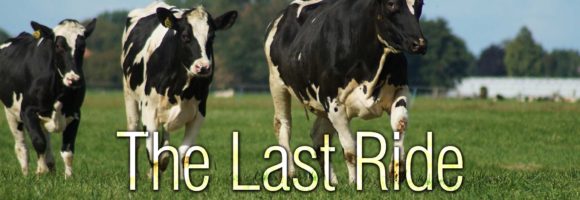Recognizing Heat Stress in Beef Cattle: Part 2 of 3

Different genotypes of beef cattle have different characteristics associated with their zone of comfort. Overall, Bos Indicus breeds and their crosses have a better heat regulatory capacity than Bos Taurus breeds. This is largely due to their differences in metabolic rate as well as differences in food and water consumption, their sweating rate and differences in coat characteristics and color.
Visible Signs of Heat Stress
A number of visible signs are associated with heat stress. These include:
- Decreased Activity
- Increased Drinking
- Increased Urination
- Open Mouth Breathing
- Panting
- Reduced Eating
- Slobbering
- Trembling
You may also notice your cattle bunching in any shaded area that is available or aligning themselves with the sun if there is no shade. Alternatively, your cattle may begin bunching around water troughs or they may refuse to lie down. On the other hand, they may become unresponsive or become agitated and restless. Slower growth rates may also occur and even death if the heat stress is allowed to continue.
If you see signs of heat stress in your cattle, it is important to take steps to help reduce the heat load so your cattle are not adversely affected. This may include providing additional shade or water or even using fans to help cool them down.